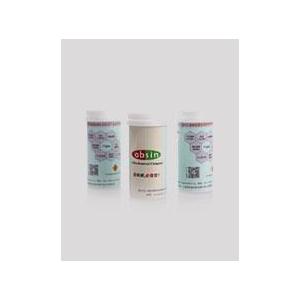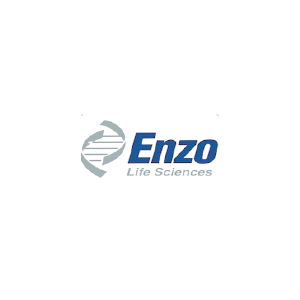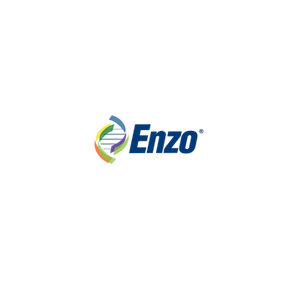76684-89-4E-64-c
E-64-c
76684-89-4
76684-89-4
询价
1盒
起订
上海 更新日期:2025-11-06
产品详情:
公司简介
上海一研生物科技有限公司Shanghai yiyan bio-technology Co. Ltd.主要从事免疫学、分子生物学和常规生化试剂等为一体的科研产品销售企业,公司自成立以来,秉承""全心全意服务于科研工作者""的企业理念,立足生物科技领域,运用生物技术和科研试剂,发展现代生物科技,为各类大中小医院及其它医疗机构、高等院校、科研院所、企事业单位提供优质的产品,服务生物科技领域的科学研究人员。
公司具有对普通货物、冷藏及冷冻仓库的存储、包装及运输能力。
公司将始终坚持信誉立业、以人为本、质量保证、诚信服务的宗旨,不断拼搏,开拓进取,与各界朋友携手共创美好未来。
| 成立日期 | (12年) |
| 注册资本 | 100 |
| 员工人数 | 50-100人 |
| 年营业额 | ¥ 100万以内 |
| 经营模式 | 工厂,试剂 |
| 主营行业 | 生化试剂,抗体,细胞培养,分子生物学,免疫安全 |
E-64-c相关厂家报价 更多
-
- E-64c
- 上海经科化学科技有限公司
- 2025-12-28
- ¥2409
-
- E-64c
- 爱必信(上海)生物科技有限公司
- 2025-12-28
- ¥990
-
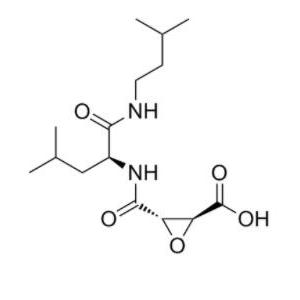
- 阿洛司他丁酸
- 江西安迪科技有限公司
- 2025-12-28
- 询价
-
- E-64-C
- 深圳欣博盛生物科技有限公司
- 2025-12-28
- ¥3933
-
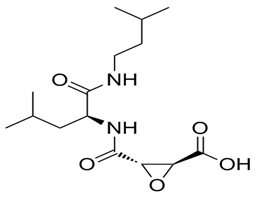
- 76684-89-4
- 上海芮晖化工科技有限公司 VIP
- 2025-12-15
- 询价
-

- 阿洛司他丁酸|T6573|TargetMol
- TargetMol中国(陶术生物) VIP
- 2025-11-17
- ¥496
-

- aladdin 阿拉丁 E124386 阿洛司他丁酸 76684-89-4 98%
- 上海阿拉丁生化科技股份有限公司 VIP
- 2025-11-14
- ¥308.90
-
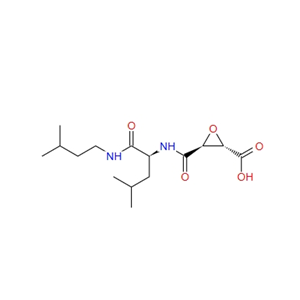
- L-trans-Epoxysuccinyl-Leu-3-methylbutylamide 76684-89-4
- 宝鸡缔都医药化工有限公司 VIP
- 2025-09-23
- 询价
-
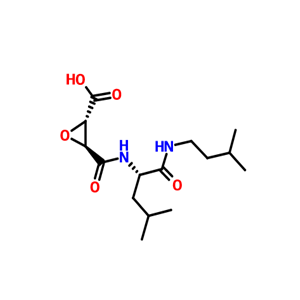
- 阿洛司他丁酸
- 江西安迪科技有限公司
- 2022-07-04
- 询价
-
- E-64-C
- 上海熹垣生物科技有限公司
- 2020-01-15
- ¥8991.75




